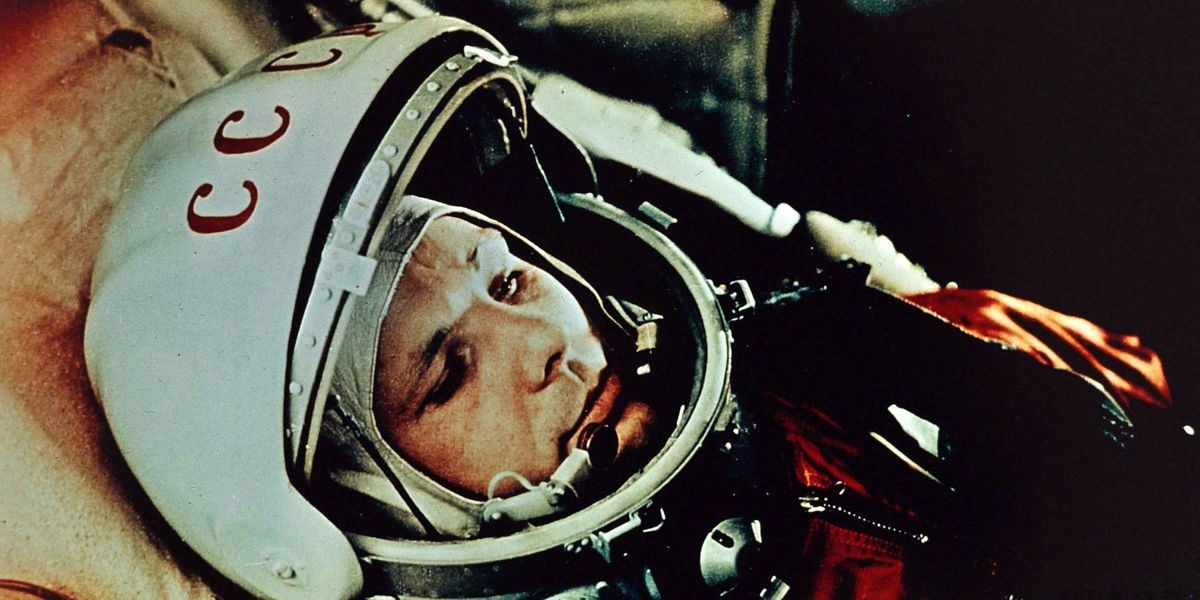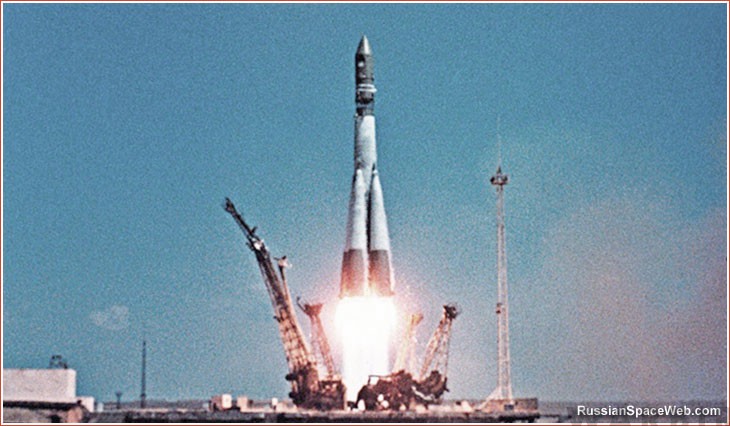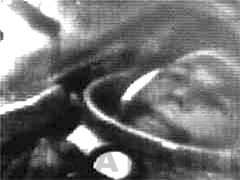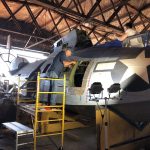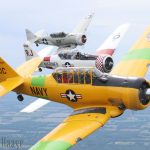Sixty years ago Russian astronaut Yuri Gagarin became the first human in space – and on Sunday, Russians gathered to remember his achievement. Thousands of people joined the celebrations in Saint Petersburg to watch a firework display, as scores of scale-model rockets were launched into the sky. Gagarin lifted off from the Baikonur Cosmodrome atop a variation of a rocket originally designed to launch nuclear weapons to become the first person to orbit the Earth.
Gagarin’s achievement meant the USSR reached a significant milestone in its race with the USA to enhance its knowledge of space, but the mission didn’t go entirely to plan.
In the early morning of April 12, 1961, a Vostok-K 8K72K rocket sat on the launch pad waiting for its pilot. In a bus some distance away, 27-year-old senior lieutenant Yuri Gagarin sat nervously in his bulky orange spacesuit with the freshly painted acronym CCCP glistening in still-wet red letters. Behind him sat backup cosmonaut Gherman Titov in a similar suit, and second backup Grigori Nelyubov.
Gagarin entered into an orbit at a higher altitude than planned, meaning there was a significant risk of braking failure, which could have delayed his descent back to earth. Had the brakes failed on his spacecraft, Gagarin would likely have remained in space for considerably longer and run out of supplies of food, drink and oxygen in the process. Thankfully, his spacecraft operated as planned and he returned safely to earth but landed a distance away from the area marked for his landing. Gagarin ejected his capsule and touched down on earth in the Saratov region of Russia, where an old woman and her granddaughter witnessed his return while digging potatoes.
“When they saw me in my space suit and the parachute dragging alongside as I walked, they started to back away in fear,” Gagarin later said. “I told them, don’t be afraid, I am a Soviet citizen like you, who has descended from space, and I must find a telephone to call Moscow.”
Vostok 1 was a mission that almost didn’t happen. There was great opposition from the military, who saw manned spaceflight as a waste of time and resources. Approval was only given by making the Vostok spacecraft dual purpose. Along with carrying cosmonauts, a robotic version would be used for orbital reconnaissance missions. Called Zenit, this variant was used by the USSR in various forms into the 1980s.
With the mission coinciding with the height of the Cold War, some locals suspected Gagarin was a spy, but thankfully he managed to convince them otherwise. Gagarin had also written a farewell letter to his wife telling her “not to die of grief” in the event his mission went wrong and he didn’t return.
Thankfully he did – and humankind has celebrated his mission ever since.







